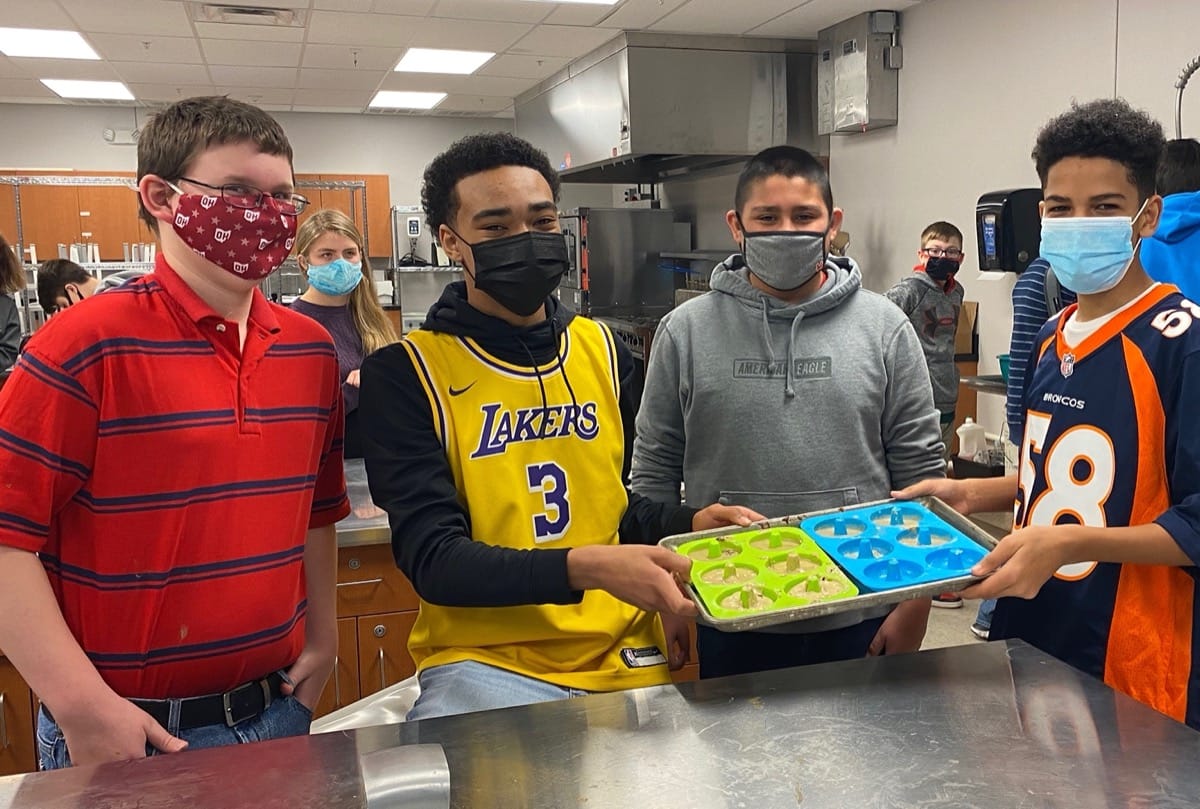
7th and 8th grade students at Global Impact STEM Academy are investigating the question, does the amount of protein in a hen’s diet affect the amount of protein in her eggs? Each grade level has its own flock, comprised of three Buff Orpington hens and three White Leghorn hens. Each flock is being fed the same feed and cared for in the same manner, with full access to food and water at all times.
Both flocks are given special treats on a daily basis. The 8th grade flock is receiving treats with a higher protein content than the 7th grade flock. The only difference in the two treat types is the type of flour used—one used soy flour; the other used tapioca flour.
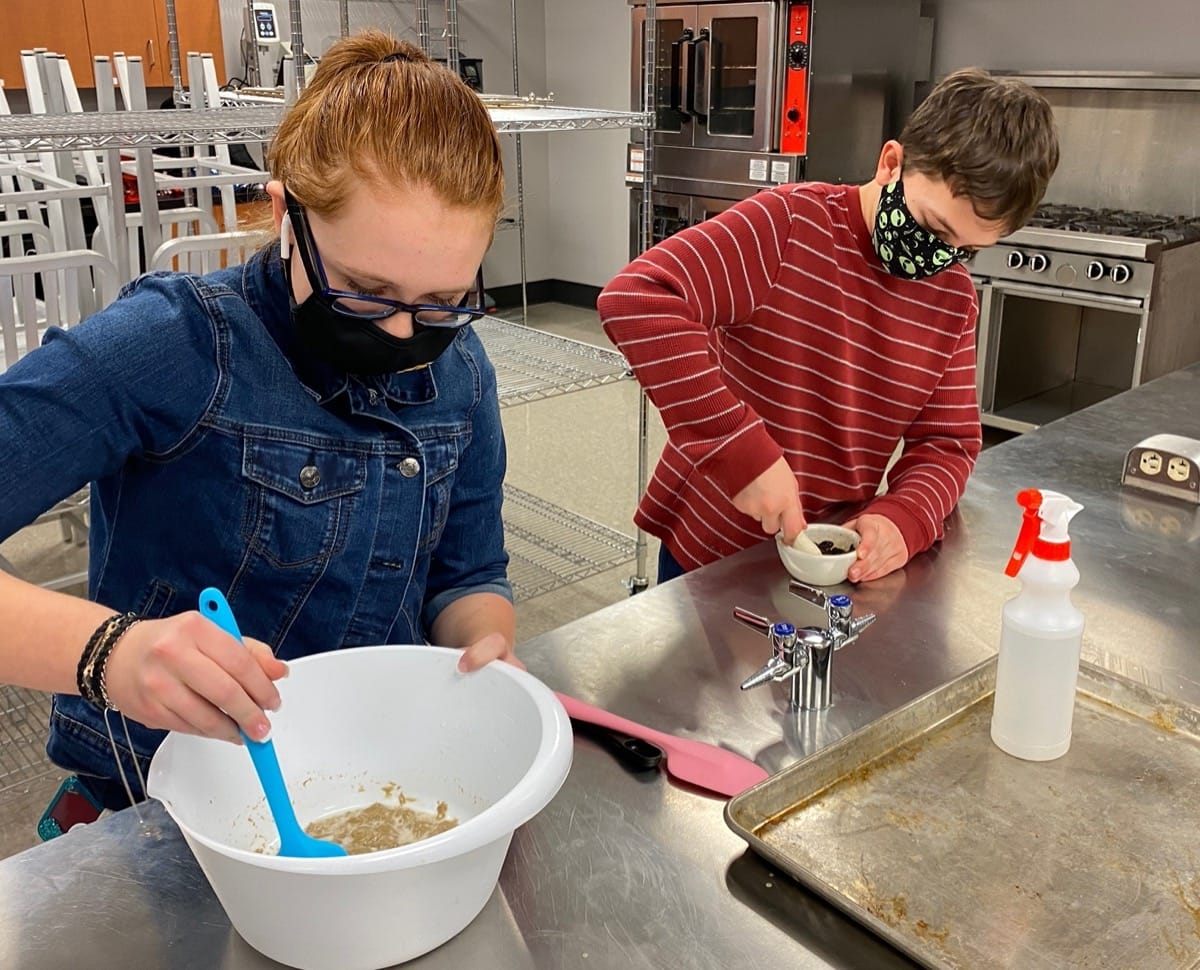
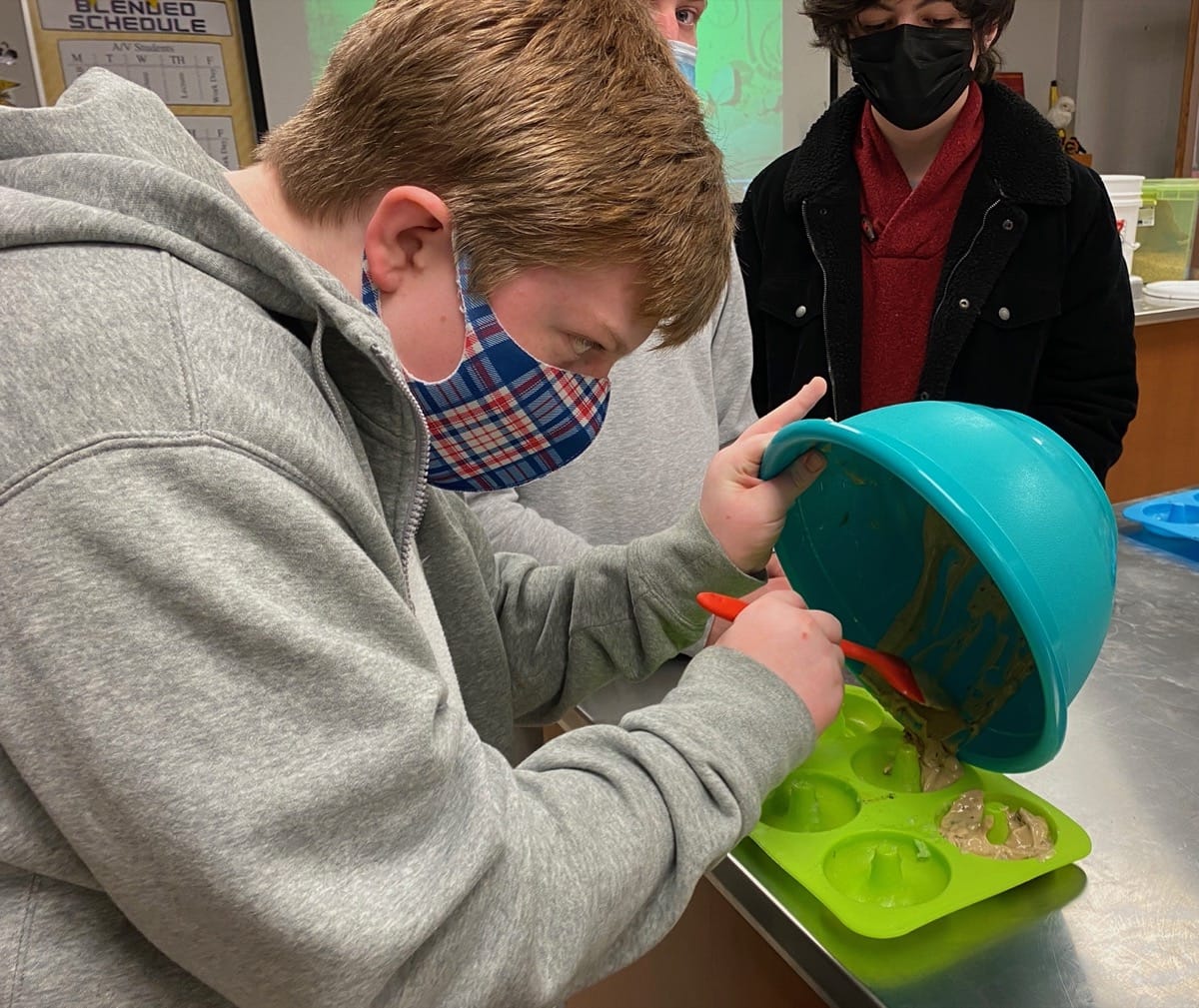
Will the eggs collected from the 8th grade flock have a higher protein level than the eggs of the 8th grade flock? They’ll find out! Once the birds start laying eggs, students will test the protein levels found in their eggs’ yolks to see if there is a correlation between the protein level of their treats and the protein level of their eggs.
The students care for the birds on a monthly rotation schedule, feeding and watering the birds, cleaning the coop, completing daily observation logs, and tracking egg production records. GISA’s school vet will make several visits to the classroom to examine the birds and coops to ensure they are healthy and well cared for.
This project is a cross-school project from high school science and middle school science students collaborating together to create a science experiment for a year-long project. The project consists of three different levels of knowledge: 1) understanding how animals and protein levels affect the growing organisms, 2) understanding product development, creation, and testing, and 3) understanding how producers adapt their feed to create the most efficient animal products.
During this project, the high school students have led the middle schoolers in two different labs. One was in the food science lab, creating the actual products. The other was in the bio-research lab, where the middle schoolers took samples of the products and soaked them in gastric juice to determine how much protein is actually extracted in the digestive system.
Flock A, the control group, will be fed treats which have zero protein flour. Flock B will be given treats made with soy protein flour which contains 10g of protein per serving. Each flock will be feeding on these treats for about 4 months. Then the classes will start testing eggs produced by both flocks by running a procedure to determine protein levels developed in the yolks.
To tie in careers, students learn two different fields in the process of treat development. The middle schoolers explored the production aspect of food development and nutrition. The high schools looked at the culinary route, learning about a chef’s work and how a kitchen is set up with different types of jobs like sous chef and pastry chef, all working together to complete a meal for a restaurant.
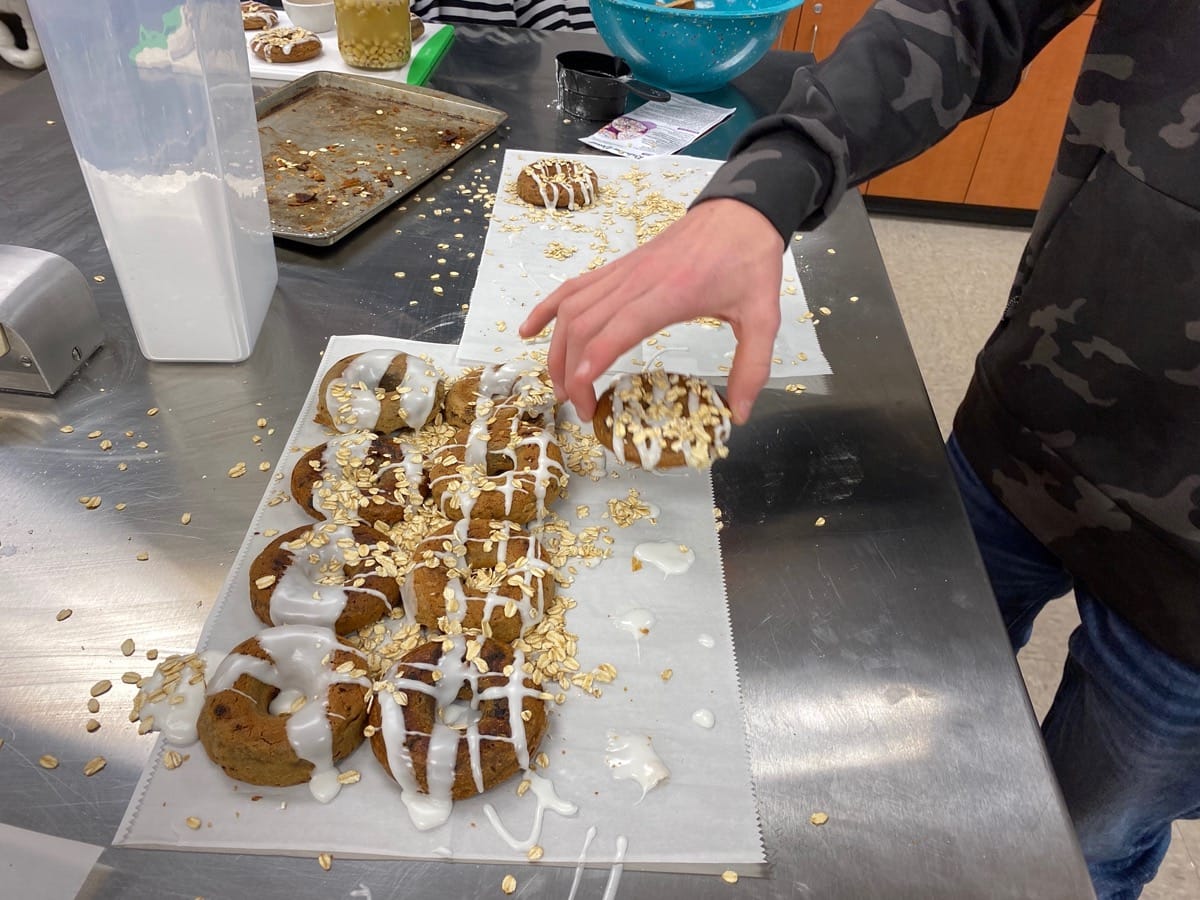
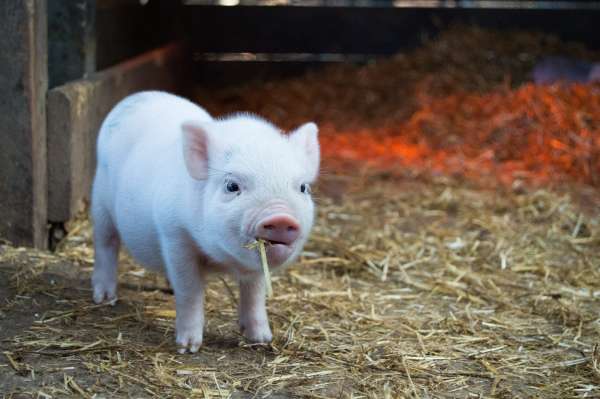

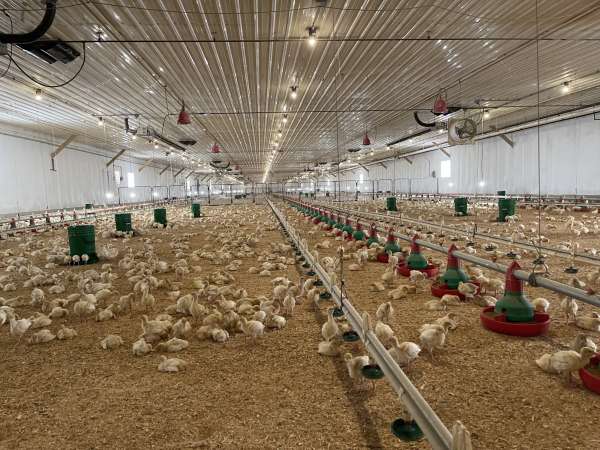
Share this